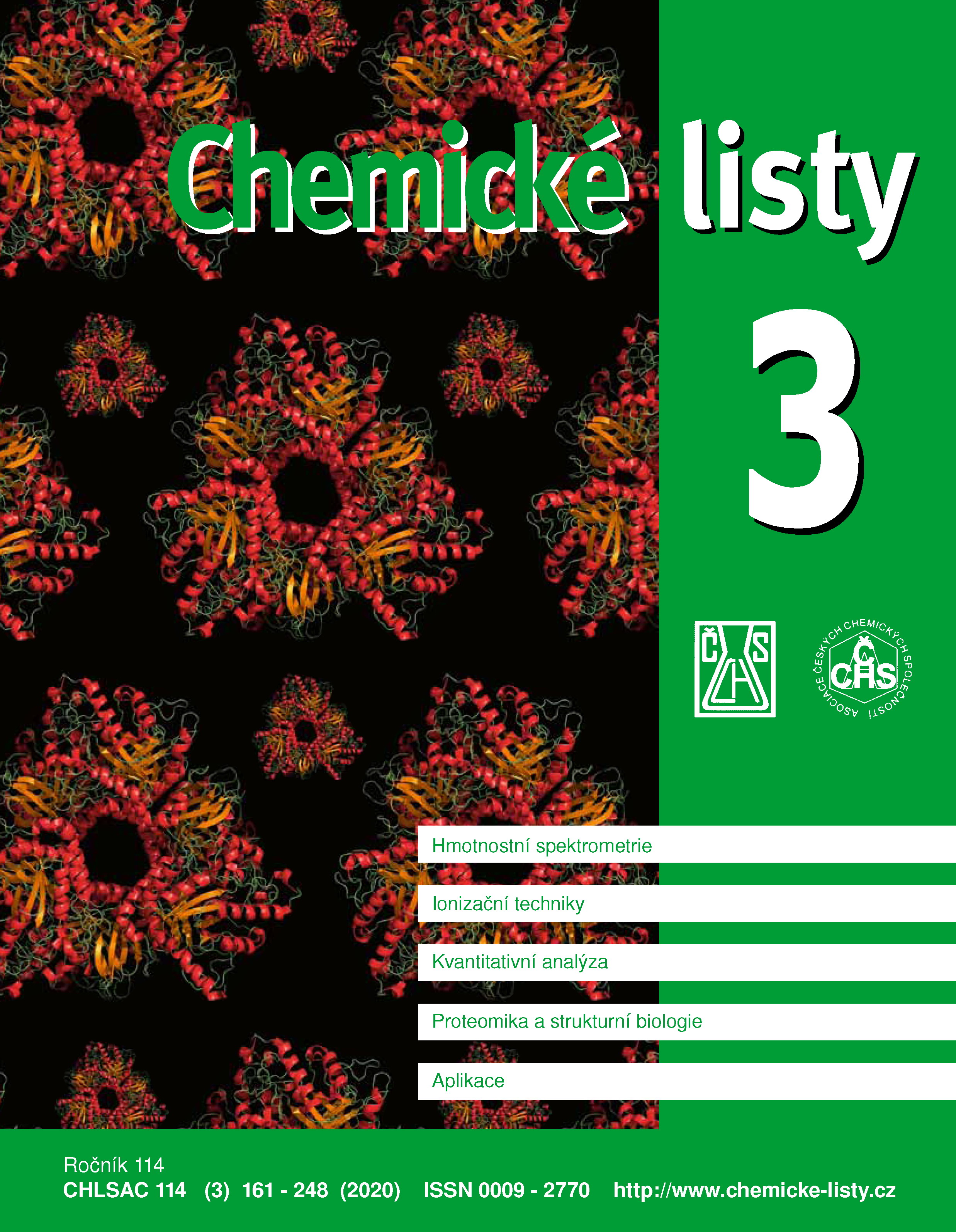Hmotnostní spektrometrie ve strukturní biologii: určování vyšší struktury proteinů a proteinových komplexů
Klíčová slova:
strukturní biologie, hmotnostní spektrometrie, zesítění proteinů, H/D výměna, proteinové komplexy, afinitní hmotnostní spektrometrie, nativní hmotnostní spektrometrieAbstrakt
This review summarizes current status of applications of mass spectrometry to structural biology and structure of proteins and protein complexes. Methods of chemical cross-linking allow investigations of protein structure and interactions through identification of amino acid residues that appear in close proximity providing information on spatial arrangement of proteins and identification of interacting components of protein complexes. Methods of hydrogen-deuterium exchange can provide information on protein dynamics, spatial restriction and indirectly identifying residues involved in molecular interacting. Native mass spectrometry is a method that directly studies proteins in their biologically relevant conformation and composition and stability of protein complexes. Affinity purification mass spectrometry is a method for specific isolation and characterization of protein complexes including their stoichiometry and in combination with other techniques discussed herein can provide structural information on structure of protein complexes. Collectively these techniques provide unique structural information that complements other methods for study of proteins structure include NMR, x-ray crystallography, CryoEM as well as molecular modelling, contributing to our understanding of protein structure and their biological activity.





